All pool and spa barriers experience wear and tear over time (including rust, missing bolts or screws and damage), which is why it is important to ensure your barrier is regularly checked and maintained.
Checking the safety of your pool barrier might seem like a daunting task, but it doesn’t have to be. The resources below will guide you through some simple and more comprehensive checks that you can do to help you keep your pool area safe.
Self-Assessment of Your Home Pool or Spa
Life Saving Victoria’s online Home Pool Safety Assessment tool can assist you to assess the compliance of your home pool or spa barrier against the Australian Standard. To get started, all you will need is a tablet or smart phone (or a printed out copy of the checklist) and a tape measure.
As well as undertaking a detailed assessment of your pool barrier every 12 months, Kidsafe Victoria recommends that you continually check some simple things to ensure that your barrier is in proper working order. Below are some top tips for making sure your pool barrier is safe – you can also watch our video with former Olympian Matt Welsh as he takes you through the simple things that you can check.
Top 5 Tips
-
Closely supervise children at all times around the pool/spa
-
Ensure that all gates and doors that lead to the pool area are self-closing AND self-latching
-
NEVER leave the pool gate propped open
-
Check the safety barrier for any gaps, holes or spaces that a child could try to get through
-
Keep climbable objects (BBQs. tree stumps, chairs etc.) away from the pool barrier
You can download translated versions of these tips by clicking on the following links: Arabic, Dari, Hindi, Chinese, Vietnamese.
Professional Inspections
Building surveyors (either municipal or private) are able to inspect your property and issue you with a certificate of compliance for your pool or spa, to demonstrate that it complies with Australian Standards and Building Regulations.
When you are choosing a company to undertake your inspection, ensure that they are registered with the Building Practitioners Board and have full Public Liability Insurance. Minimum Professional Indemnity Insurance in Australia is $1m.
Alternatively, there are a number of private companies who can inspect and assess the safety of your pool area for you. These are usually cheaper than a building surveyor or inspector (from around $100), however they are unable to issue you with a certificate of compliance.
No matter who you choose, do your own research and don’t be afraid to ask questions to ensure they have covered all bases.



